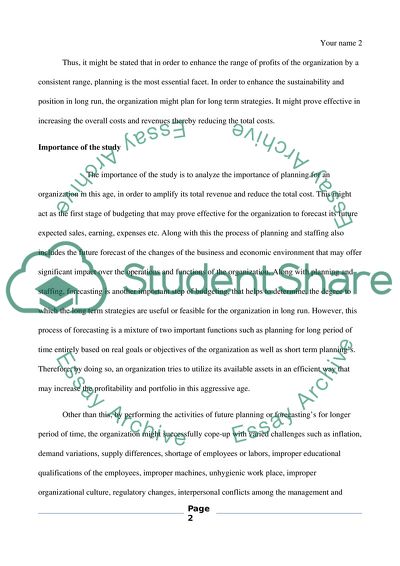Cite this document
(Planning and Controlling Direct Labor Costs Term Paper, n.d.)
Planning and Controlling Direct Labor Costs Term Paper. Retrieved from https://studentshare.org/finance-accounting/1651118-planning-and-controlling-direct-labor-costs
Planning and Controlling Direct Labor Costs Term Paper. Retrieved from https://studentshare.org/finance-accounting/1651118-planning-and-controlling-direct-labor-costs
(Planning and Controlling Direct Labor Costs Term Paper)
Planning and Controlling Direct Labor Costs Term Paper. https://studentshare.org/finance-accounting/1651118-planning-and-controlling-direct-labor-costs.
Planning and Controlling Direct Labor Costs Term Paper. https://studentshare.org/finance-accounting/1651118-planning-and-controlling-direct-labor-costs.
“Planning and Controlling Direct Labor Costs Term Paper”, n.d. https://studentshare.org/finance-accounting/1651118-planning-and-controlling-direct-labor-costs.


